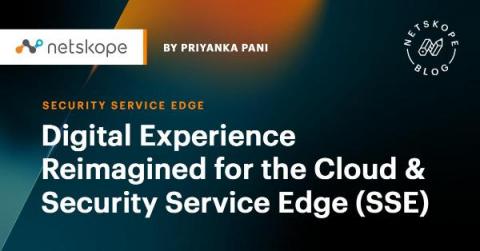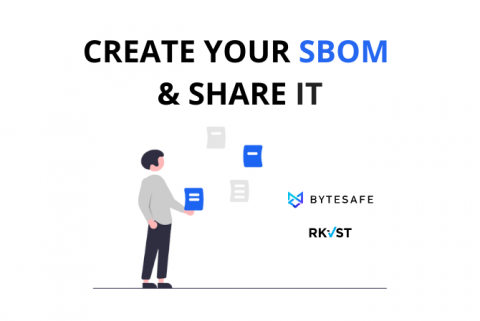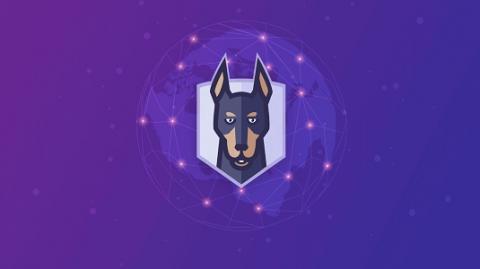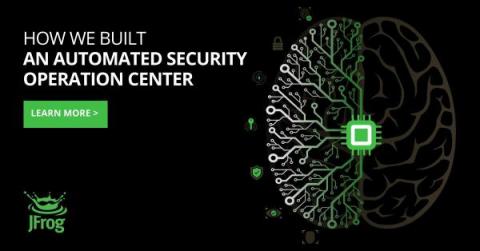Digital Experience Reimagined for the Cloud & Security Service Edge (SSE)
The transition to the cloud has changed everything! It has upended where apps are hosted, as well as the movement of enterprises’ most valuable digital assets and sensitive data. Access has been redefined and firewall-based perimeters are a thing of the past. Now special considerations are required for users working from everywhere—on both managed and unmanaged devices—as well as address the ever-growing Internet of Things (IoT).











